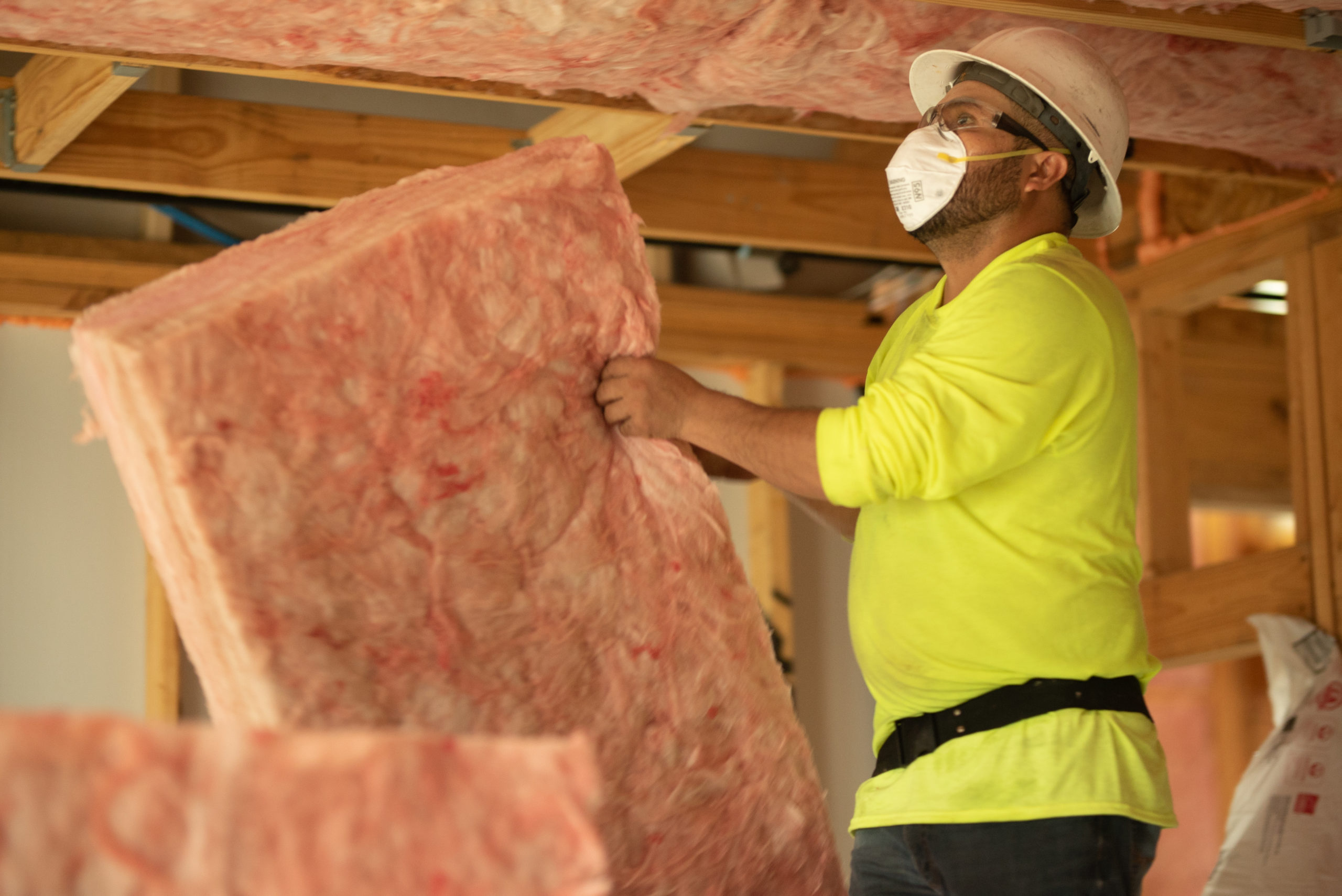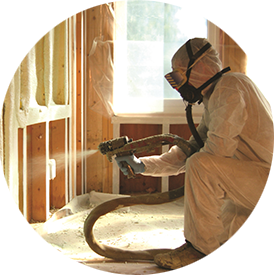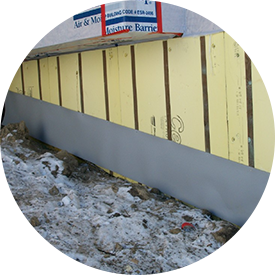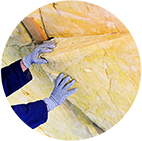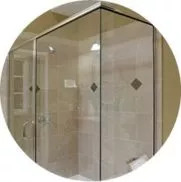April showers bring May flowers…and also possible home damage. Unfortunately, moisture infiltration can cause damage to your foundation, siding and even insulation. Ensuring your insulation performs optimally means not only having the right amount installed but also making sure it stays in good condition.
This means it can’t be wet or otherwise ruined. But how does insulation get wet, and what can you do if you discover that yours is? Keep reading to learn more!
Causes of Wet Insulation
Here in Minneapolis and the surrounding areas in Minnesota, we experience all types of weather, from muggy and hot to rainy and wet! It’s important to make sure your insulation stays dry. There are several different ways your insulation can get wet, including:
- Leaks from the roof and/or plumbing pipes
- Ground moisture (basement and crawl space insulation)
- Air infiltration from windows, doors, gaps in siding, etc.
- Mold (spores can enter through air infiltration)
- Snow (it can be blown into the attic through a vent)
What Should I Do with Wet Insulation?
Should wet insulation be replaced? Is wet insulation completely ruined? These are questions many homeowners have. Enough moisture can ruin insulation materials; wet insulation should be removed and replaced. If your insulation is merely a little damp, removal may not be worth it. It’s best to have a professional take a look. There are times when new insulation can be added over old layers, but moldy, wet or otherwise damaged insulation should be removed.
Contact Metro Home Insulation to learn more or to schedule insulation removal and replacement for your home!

